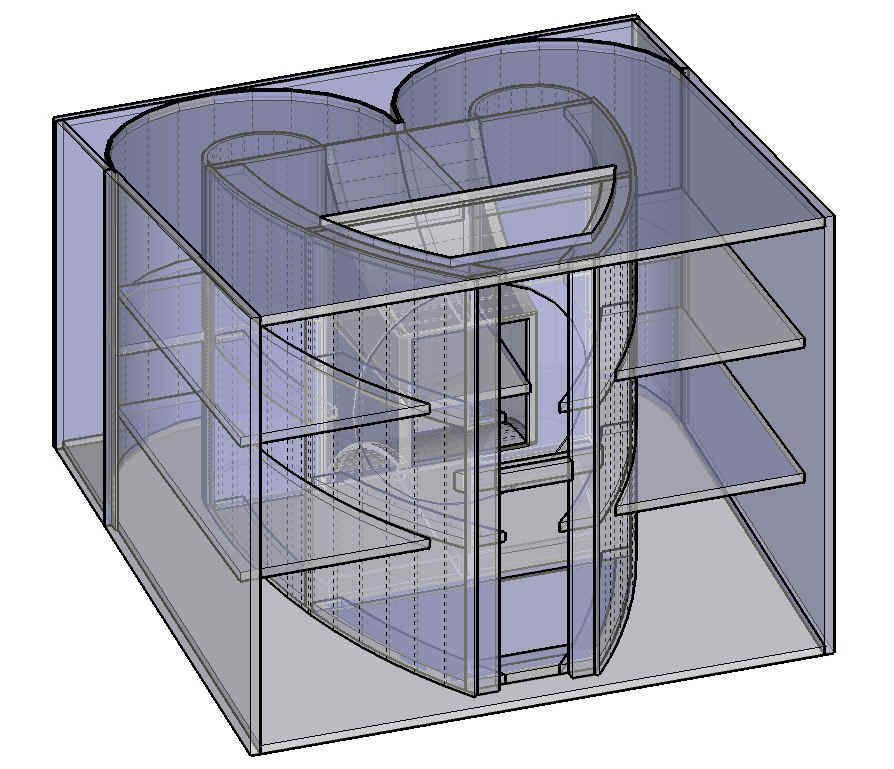

When a wave propagating in a tube, meets an abrupt change in acoustic impedance, part of its energy will be reflected back. The speaker is a mechanical system, which has a high impedance, versus the air, which has a low impedance. The basic principle on which the horn relies on is impedance matching. How does a horn loudspeaker amplify sound ? I can make it straight or folded, but the principle must remain the same.īefore we get into the folded horn speaker design, we first must understand the basic horn principles. A horn loudspeaker is designed to go from a small opening to a large opening. The tuba’s horn is not straight, it is a snail shape, to efficiently use space. It is using a horn, but not a conventional one, like the trumpet. A real life example would be the tuba, which is a brass instrument for the low notes. Folding the horn makes for an efficient use of space, and therefore makes the enclosure more acceptable size. This is where the folded horn subwoofer comes into play. If you go down in frequency, the wavelength increases and so the dimensions of the horn.

These horns are easily made for high and mid frequencies, because the horns have acceptable sizes. Other, more sensible examples, are the trumpet or the trombone. This is a rudimentary example of real life horn. You might of done it as kid : fold a piece of paper into a cone shape and shout through it, so it sounds louder. Horn’s main purpose is to increase the efficiency of a speaker. The folded horn speaker design is a particular case of a normal horn design.

How does a folded horn speaker design work?


 0 kommentar(er)
0 kommentar(er)
